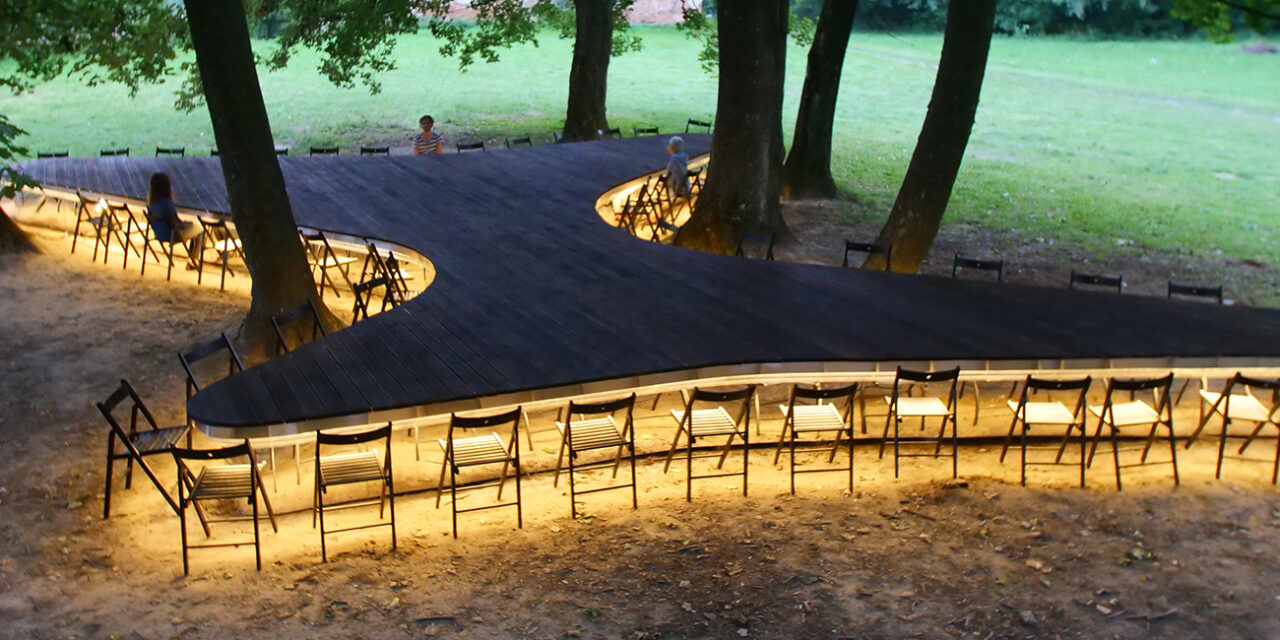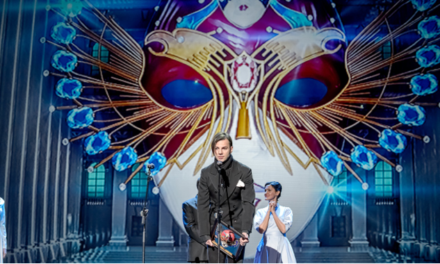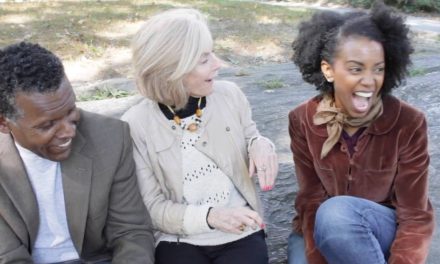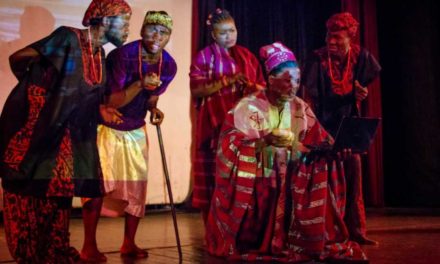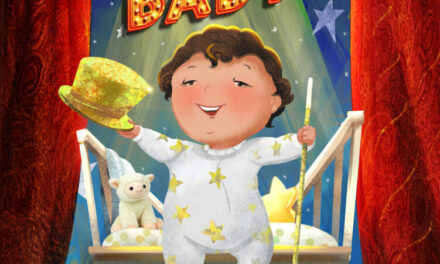This summer, a wonderful artistic tradition will return to the city of Prague, as the Czech capital opens itself to the fourteenth edition of the Prague Quadrennial of Performance Design and Space. Established in 1967, the PQ has continuously evolved while staying true to its mission: to act as “a global catalyst of creative progress by encouraging experimentation, networking, innovation, and future collaborations.” Some numbers to give you a sense of the breadth of this year’s event: over 800 artists from 79 countries will give more than 600 performances, all in the space of 11 days. From June 6 through 16th, Prague will once again assume its rightful place as a global capital of experimental theater.
The themes for this year are Imagination, Transformation, and Memory. I will be attending the festival for the first time, so I can’t anticipate to what extent the participating artists will present works responding to those themes. I can, however, reflect on what these concepts mean for the history of Prague, a city where the theatre is woven so completely into the fabric of the space, as you walk the streets you sometimes find you’re in the presence of theaters imperceptible to the untrained eye. Like many Eastern and Central European nation-states, the Czechs can trace their origin back to what Benedict Anderson termed an “imagined community”: a notion of collective belonging grounded in shared language, history and mythology. In the small landmass that makes up today’s Czech Republic, Czechs have for centuries fought for geopolitical control against ancient Germanic tribes, the Habsburg Empire, Nazi Germany, and the Soviet Union. Visual art, literature, and theatre were ways for the nation to “imagine itself” into being. Consider the Národní divadlo, the National Theater, a magnificent Baroque hall that stands on the banks of the Vltava, crowd-funded in the nineteenth century to provide a showcase for Czech theater and opera. An inscription above the proscenium reads: “Národ sobě”: “The Nation unto itself.”
The borders and political landscape of today’s Czech Republic have been redrawn many times in modern history, transforming the country and its people each time. The year 1967, when the PQ was established, was a remarkable time denoting one in a series of metamorphoses. A brief primer on twentieth-century Czech history: the first Czechoslovak Republic was established in 1918, a nation-state born out of the disillusion of the Habsburg Empire at the end of World War One. It enjoyed twenty years as a republican democracy before the Nazi invasion of 1938 transformed it into the Protectorate of Bohemia and Moravia. In the course of the Second World War, the country was liberated in 1944 by the Soviet Union leading to the popular election of communist leadership. In 1948, however, communist politicians with ties to the Soviet Union forced competing voices out of the republican government in a coup. This began the era of Socialist Czechoslovakia.
I will spare you the details of the harsh Stalinist 1950s to bring us up to 1967: an era of liberalization. Under the slogan of “socialism with a human face,” the Czechs enjoyed a relaxation of censorship in the arts and media, and culture flourished. From this soil bloomed Czech New Wave cinema and the Prague Quadrennial, two initiatives dedicated to the spirit of experimentation and unconstrained expression. The Warsaw Pact troops invasion of 1968 crushed the liberalization movement and reinstated a repressive regime known, depressingly, as “normalization.” But thanks to its design as a quadrennial event, the PQ had time to recover from the invasion and return four years later. A further transformation, the 1989 Velvet Revolution, reshaped the country once again as a democracy, today’s Czech Republic. Through all that, the PQ has survived, both as a testament to its birth in a brief moment of reprieve, and a commitment to future artistic, aesthetic and political transformations.
Finally, memory is a concept of which we’ve become simultaneously protective and suspicious. (Thanks, post-modernism!) To remember may be a private act, a family ritual, or a state-sponsored institutionalization. This year’s festival, after a twelve-year hiatus, returns to the Výstaviště or Exhibition Grounds, a magnificent complex originally constructed in 1891 for the World’s Fair, and bearing all the architectural trademarks of that now-obsolete occasion. In a way, an international theater festival has the same spirit as an old-fashioned world’s fair, an ethos of welcome, a structure of compare-and-contrast. Ideology has changed, blatant colonialism has gone out of fashion, but the impulse to come together to view examples of cultural diversity and human ingenuity remains intact.
How is Czech personal and national history memorialized, and how does that concord with or differ from narratives from the 78 other countries represented? Memory is an invaluable resource for artists, and in the open and accessible spirit of the PQ, the attendees’ memory is just as important. Preparing to attend the festival, I bring my body of knowledge and set of expectations. But what I’ll remember afterwards, I couldn’t pretend to predict.
I will be writing a series of articles on my impressions of the PQ in general, and reviews of select performances focusing on Czech and Slovak entries. For now, I would like to highlight four events I am particularly keen on: the winners of the Performance Space Exhibition, which focuses on “theater architecture.” They are: Flanagan Lawrence’s mobile acoustic shell Soundforms out of San Diego, California; Hour25 Production’s Hong Kong festival project Theatre in the Wild; the DOX+ multifunctional hall designed by Petr Hájek at the DOX Centre for Contemporary Art, one of my favorite places in Prague; and, from Britain, UNISM Studio’s Levitating Theatre, which combines “the art of the scenographer with that of a chef by seating the audience around a dining table that simultaneously acts as a stage.” I can’t wait to experience these and more interpretations of the festival’s themes, initiatives, and mission.
I’ll end on a personal note. I’m from the United States, and I can pinpoint the moment I first became aware of Czech culture. It was through theatre. It was sometime in the late 90s when my father was working at the Cleveland Playhouse, and one year a Czech theatre troupe came to perform the medieval farce Sluha dvou pánů, or A Servant of Two Masters. (The original play is Italian, by Carlo Goldoni, but it’s a classic in the Czech repertoire.) I remember my dad explaining to me that the actors would be performing in Czech, but the audience would wear headphones that fed us the live translation. And while he was on the subject of Czech theatre, he mentioned that the Czechs had elected a playwright as their president, which was the most romantic thing I could possibly imagine. Václav Havel’s 12-year presidency is still a potent symbol, to me and worldwide. It represents liberal humanism, progressive politics, the power of organized dissent, and, if we can stave off the cynicism to which we’ve all been conditioned, a little bit of magic. A playwright as president. Can you imagine?
This post was written by the author in their personal capacity.The opinions expressed in this article are the author’s own and do not reflect the view of The Theatre Times, their staff or collaborators.
This post was written by Abigail Weil.
The views expressed here belong to the author and do not necessarily reflect our views and opinions.

